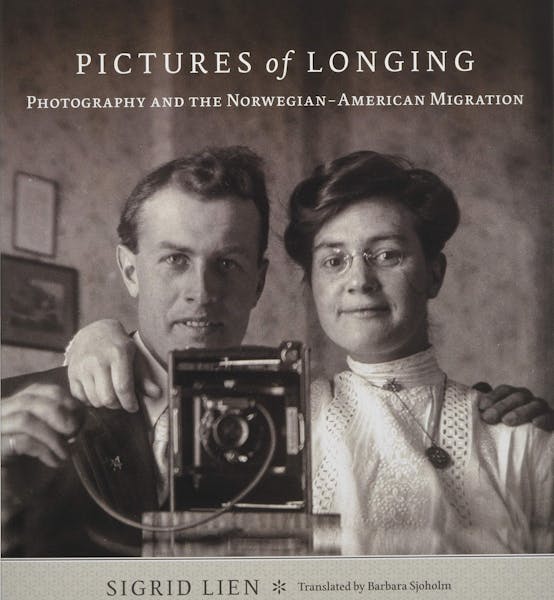Renee Blackbear is a regular at the bars and pool halls that line the streets of Fargo-Moorhead as well as the farm towns along the Red River. She chain-smokes and downs beers while hustling pool and avoiding her unchallenging college classes at Moorhead State. For extra cash, she drives a beet truck late at night, hauling farmers' crops as they're dug from the rich earth of the Red River Valley.
It's the only life she knows. It's all she's ever known. And she's just 19.
Renee goes by the name Cash, a school-of-hard-knocks nickname that suits her just fine. Cash is a product of neglect, an Anishinabe native raised by an alcoholic mother who died in a car wreck when Cash was very young. She spent her youth in a series of abusive foster homes that used Indian kids as farmhands and domestic help in exchange for a cold, bare room and a change of clothes. She has known little love and has hardened herself against affection and hope for any future outside the river valley that is her home.
In Marcie R. Rendon's acclaimed debut of Cash's story, "Murder on the Red River" (2017), Cash had gotten out of the foster system with the help of the good-hearted Sheriff Wheaton, the lawman who years earlier pulled her out of the wreck that killed her mother. He became a friend and a benefactor, getting Cash set up in an apartment. To keep her out of trouble, he began taking her along on patrols.
He discovered that Cash had spiritual visions that spring from her American Indian roots — visions that helped the sheriff piece together crimes.
And now in the second book of the series, "Girl Gone Missing," Cash is enrolled at Moorhead State. But she finds herself bored by too-simple academics and the mundane lives of her fellow students. That is, until girls start going missing. First it's the tall blonde in one of Cash's classes. Then a farm girl from down the way.
Her visions of these girls calling for her help lead in a serendipitous way to Cash's first trip out of the valley and to the Twin Cities, where she gets entangled in a plot too strange and dark to fathom. Sinister things are happening at the hands of people in authority, and Cash soon finds herself trapped with other girls and fighting for her life.
Rendon, an enrolled member of the White Earth Anishinabe Nation who lives in Minneapolis, has created a forceful vehicle in Cash's character as a reminder of a painful history. "From 1819 to 1934," she writes in her author's note, "Native children were systematically removed from families and put into boarding schools. There they grew up like prisoners of war, punished for speaking their languages. … 115 years of children not seeing a mom and dad raise children."
Cash's story is set in the 1970s amid the Vietnam War and the rise of the American Indian Movement, but before the Indian Child Welfare Act, the first federal attempt to keep orphaned or abandoned kids in tribal communities. Rendon chose this time frame as a traumatic chapter in countless young Indians' lives, wrenched from their culture.
Yet it isn't far separated from today's headlines playing out on the Mexico border, with thousands of abandoned children still without their parents after the brutal "zero tolerance" separations, and caravans of Central American families struggling to stay together. It's a rough reminder of how far we still have to go.
Ginny Greene is a nightside copy editor.
Streetscapes

Critics' picks: The 12 best things to do and see in the Twin Cities this week

6 new foods worth trying at a Timberwolves game

The pandemic made writer Kate DiCamillo realize, 'I'm not going to get through this unless I have a fairy tale to write'

